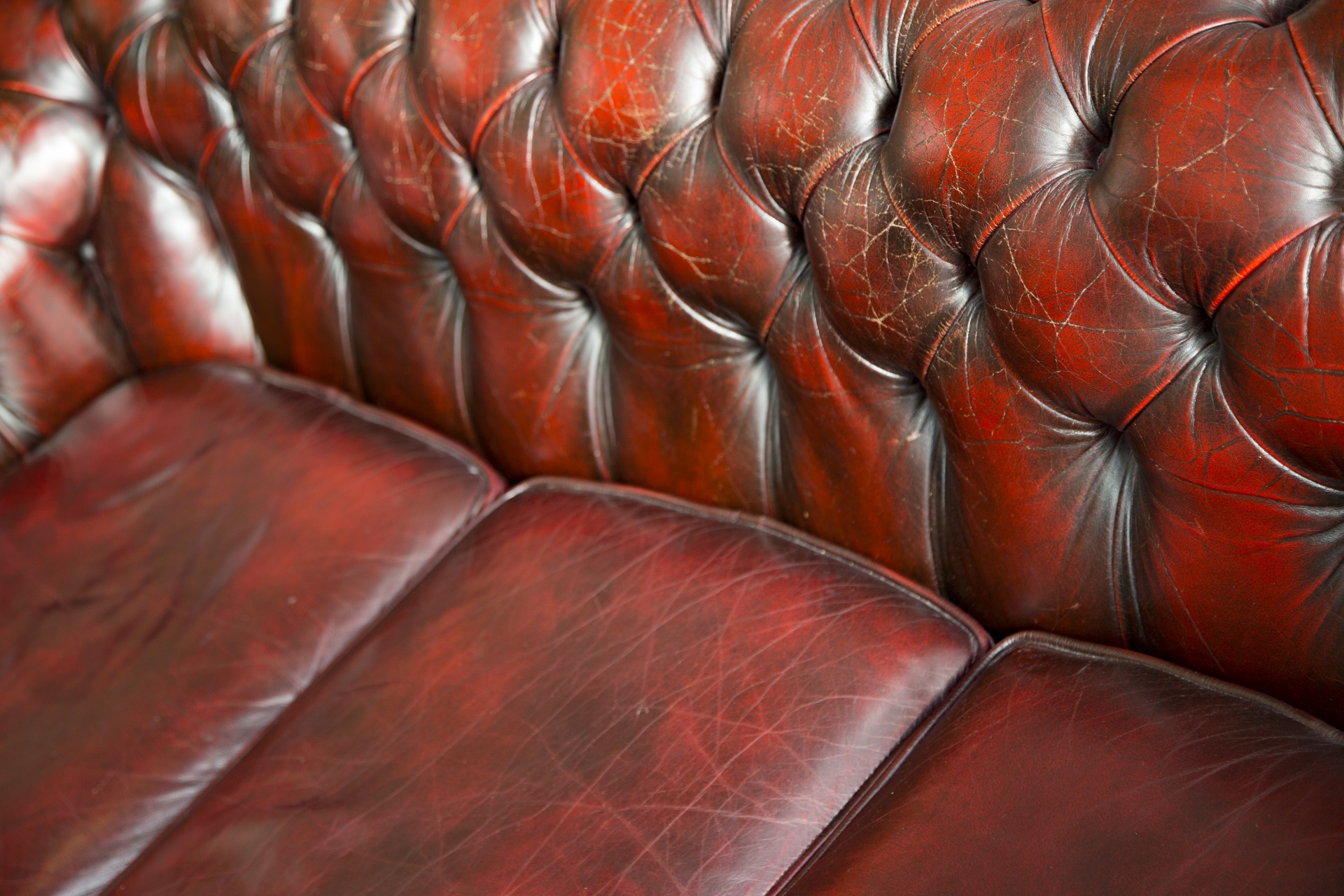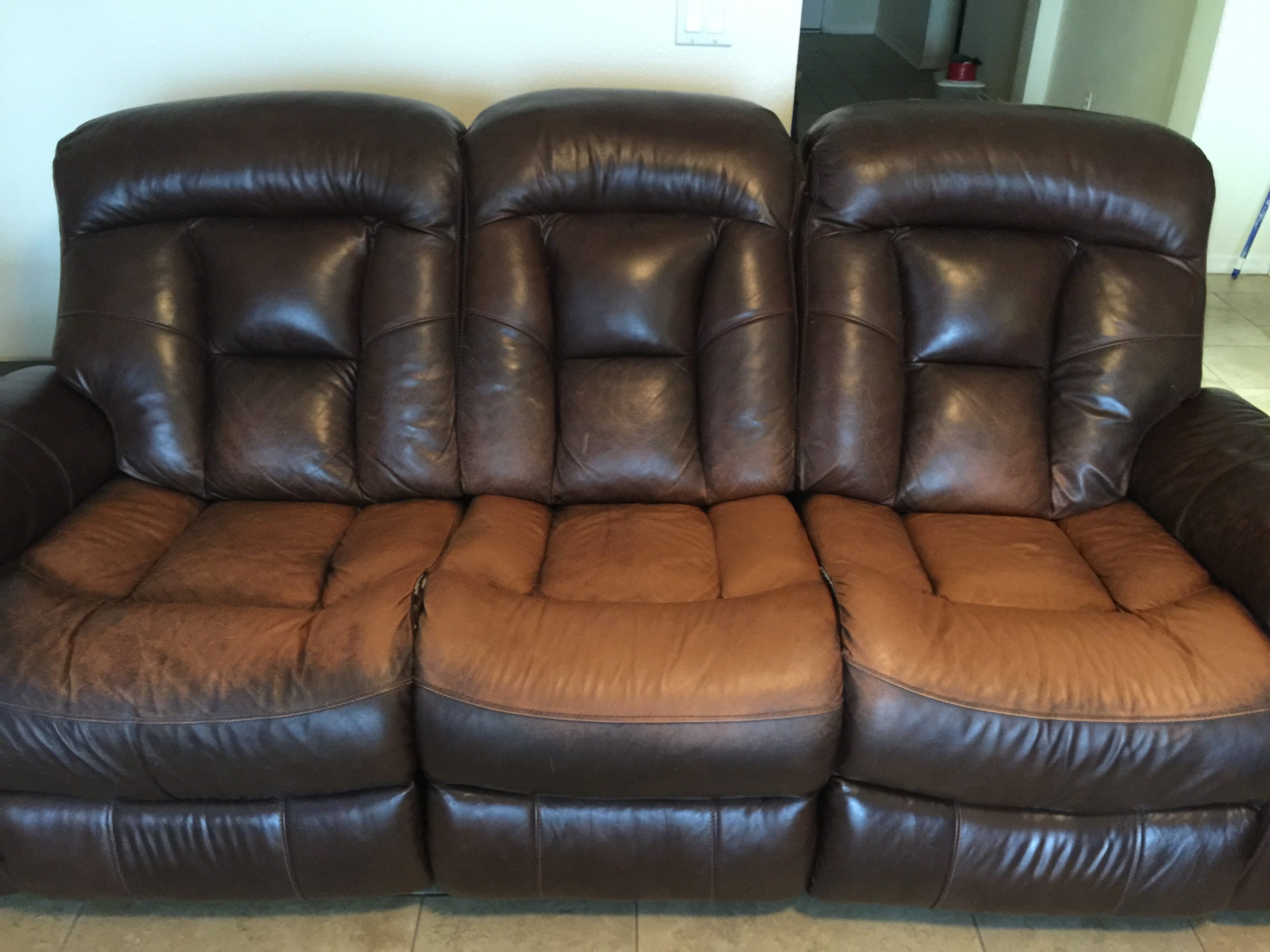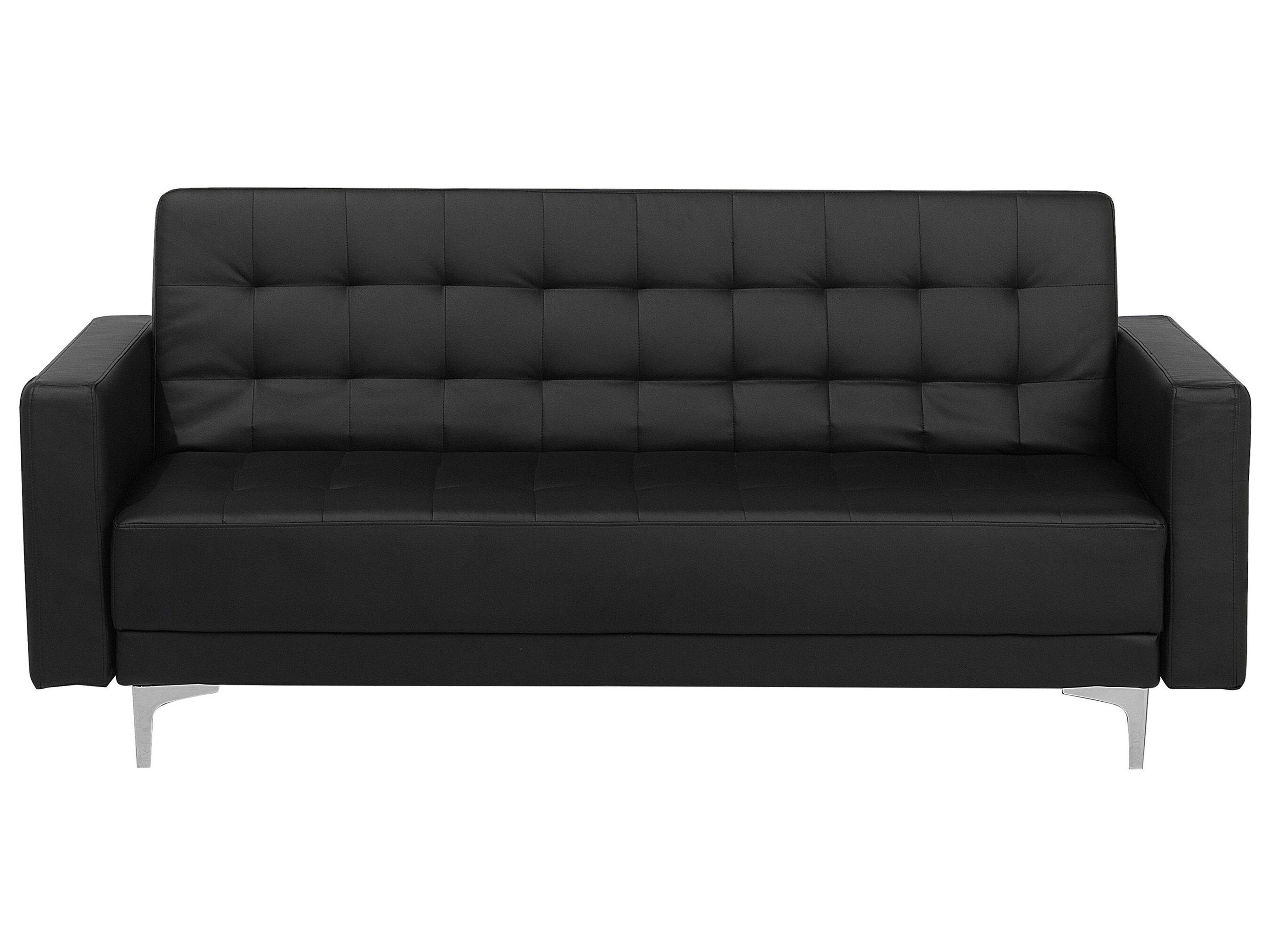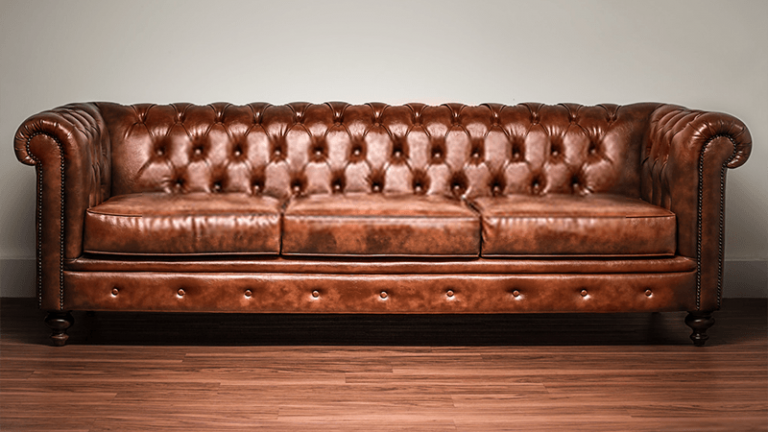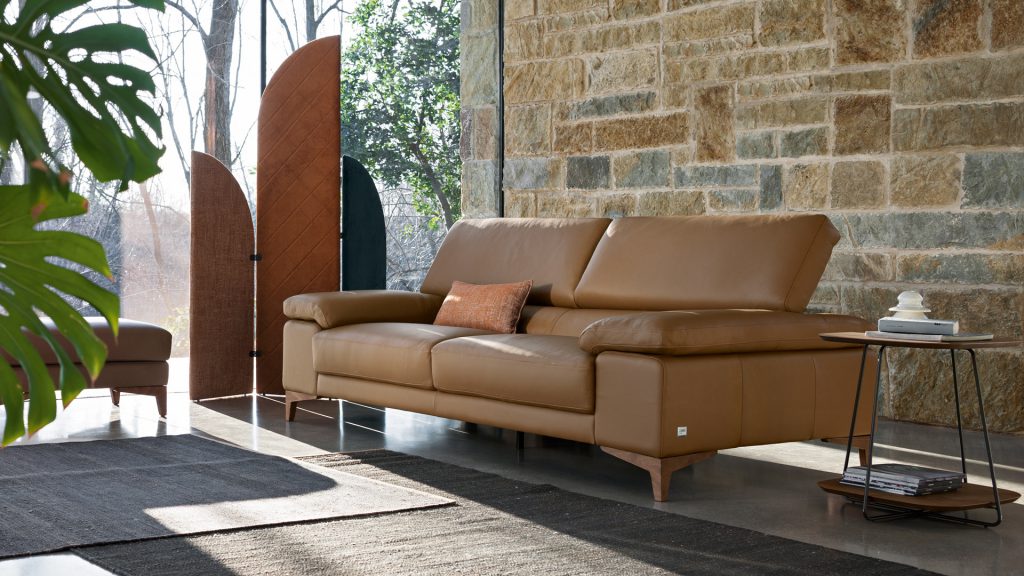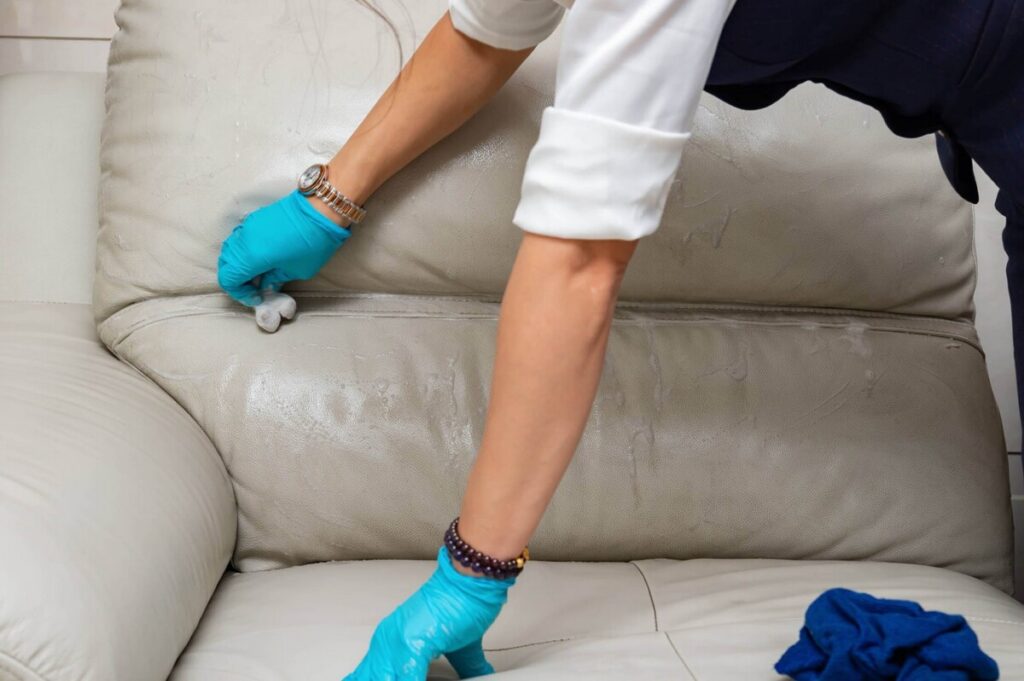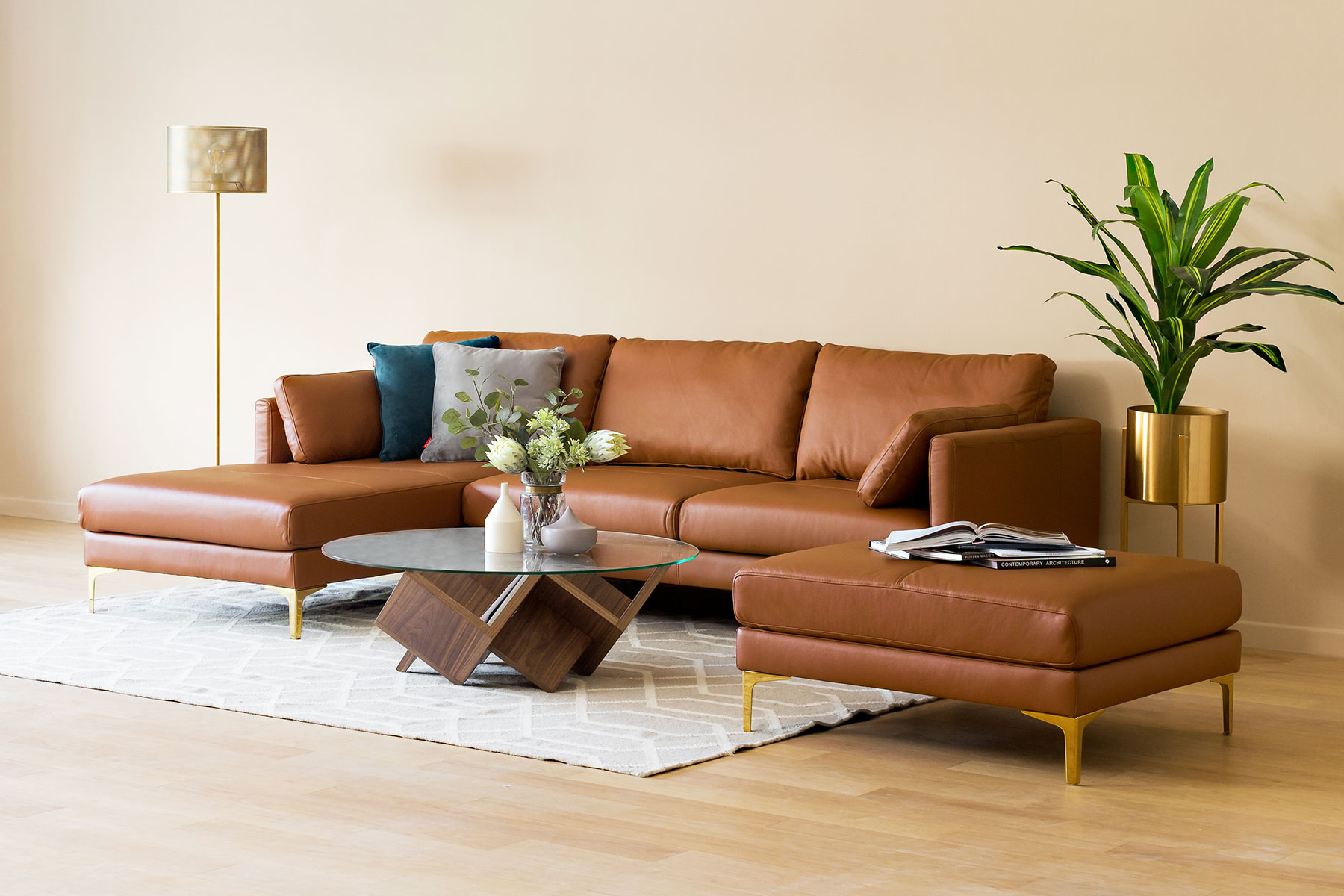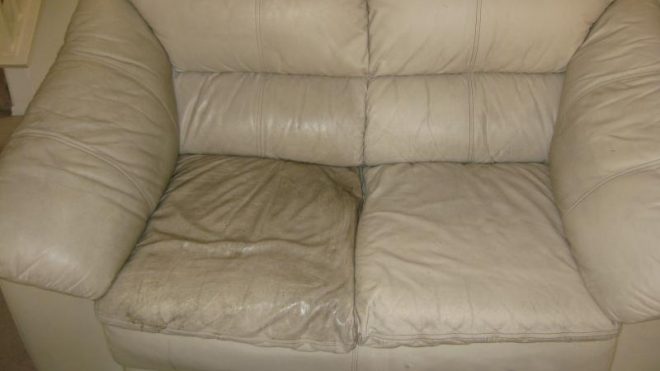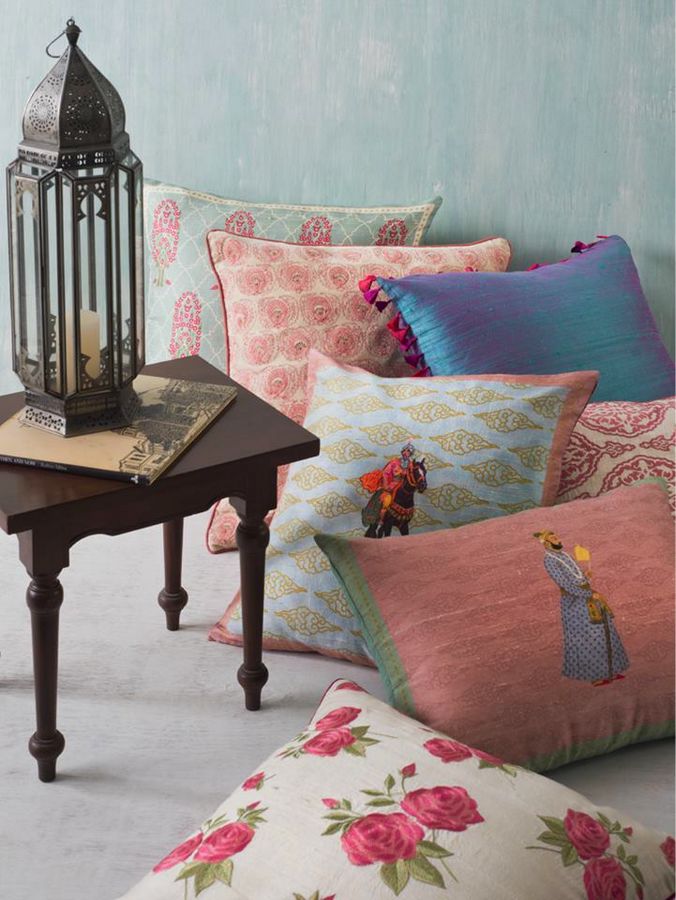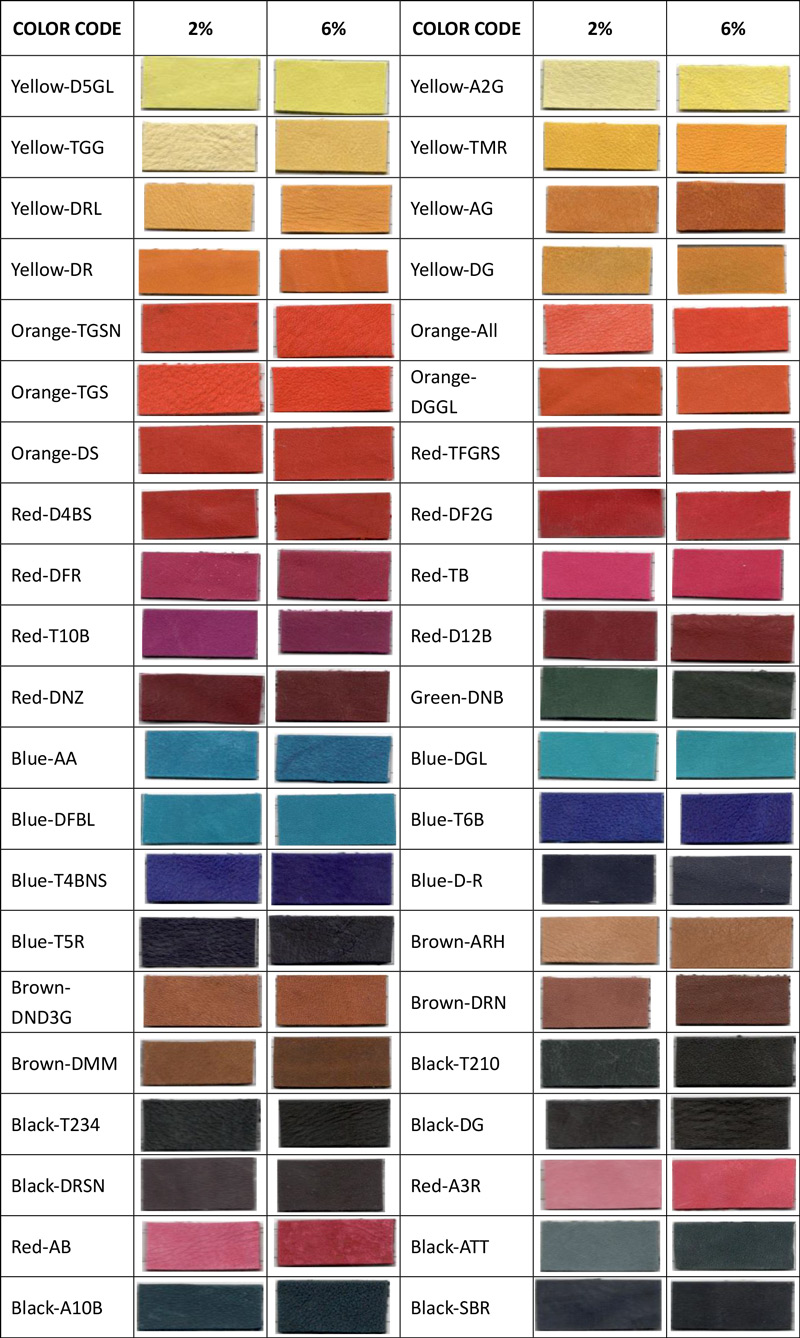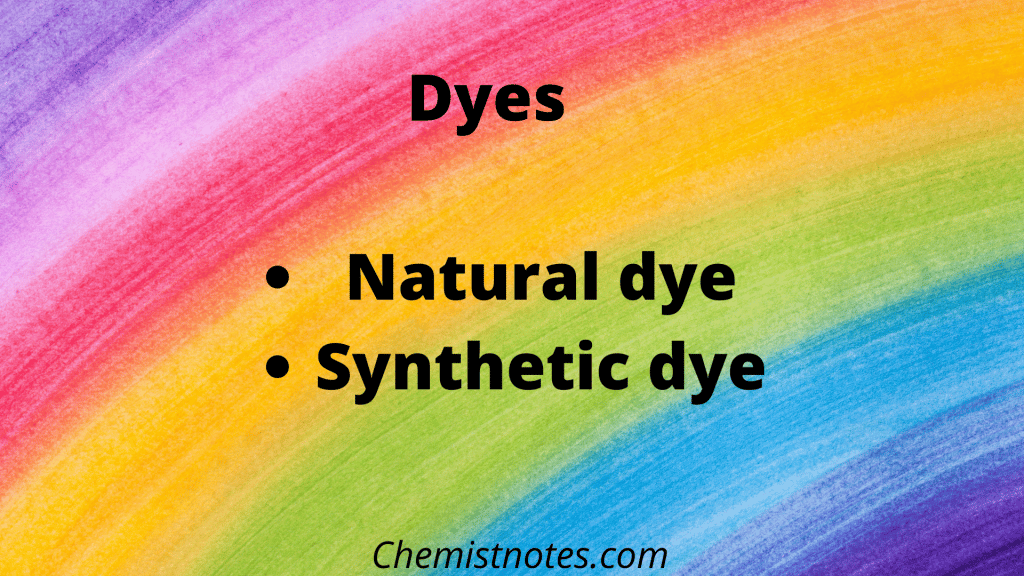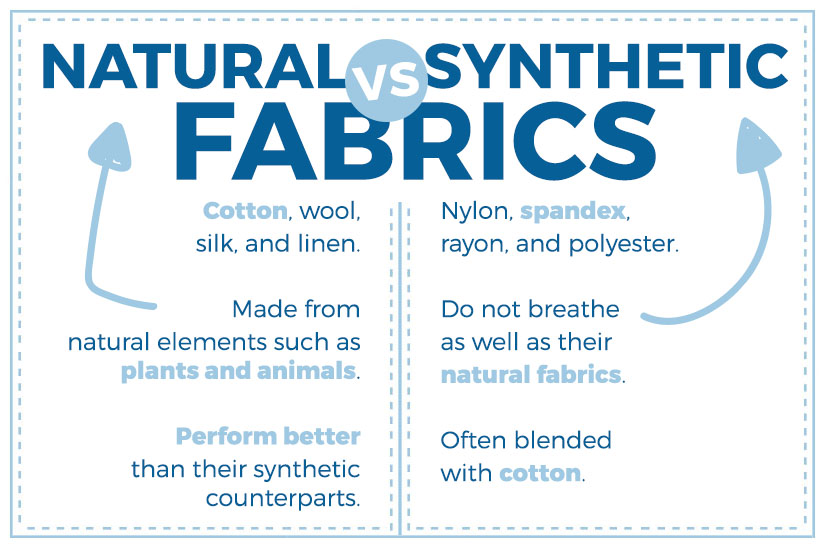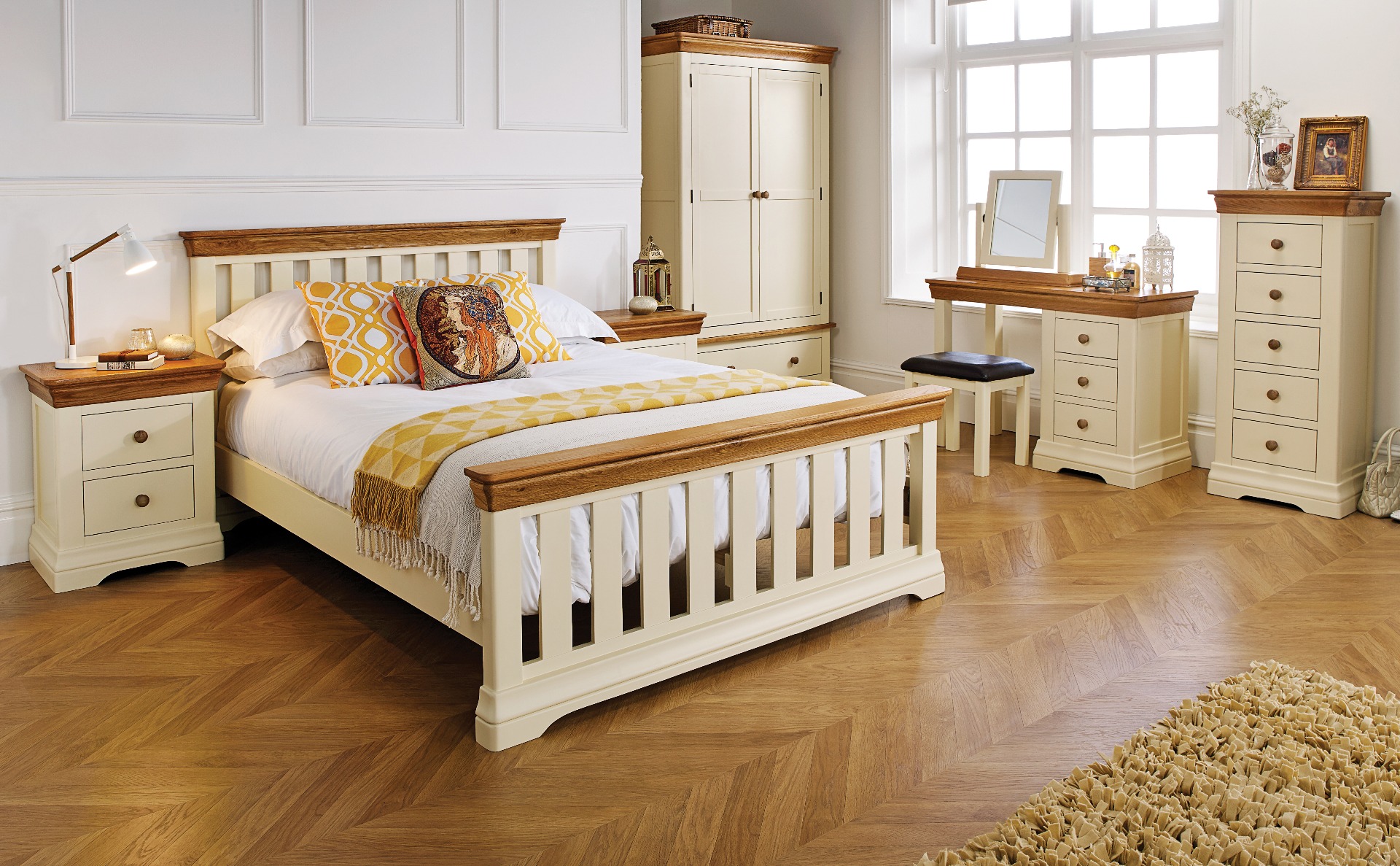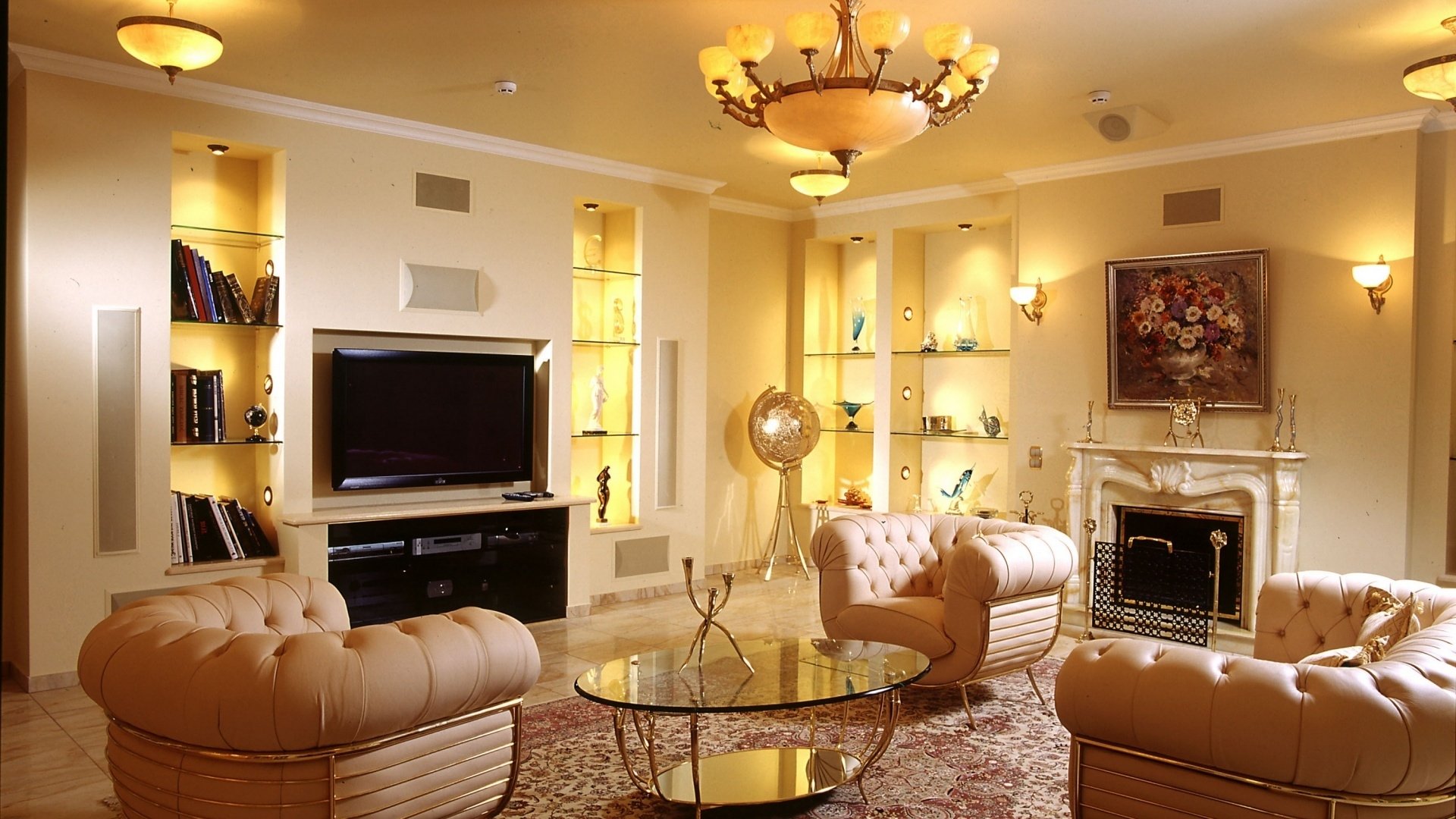Dyeing a leather sofa can be a cost-effective way to refresh and revive your furniture. However, it's not as simple as just slapping on some dye and calling it a day. To ensure a successful and professional-looking result, here are some tips and tricks to keep in mind: 1. Choose the right dye for your leather sofa Not all leather dyes are created equal. Some are better suited for certain types of leather, while others may not provide the desired color or finish. It's important to do your research and choose a dye that is specifically designed for use on leather sofas. Look for ones that are fade-resistant and provide long-lasting results. 2. Test the dye on a small, inconspicuous area first Before diving into dyeing your entire sofa, it's important to do a patch test on a small, hidden area. This will give you an idea of how the dye will look on your specific type of leather and allow you to make any necessary adjustments before committing to the entire project. 3. Clean and prep your sofa properly Proper preparation is key to a successful dyeing project. Make sure to thoroughly clean your sofa, removing any dirt, oils, or previous finishes. This will ensure that the dye will adhere to the leather evenly and produce a smooth, professional-looking result. 4. Apply the dye in thin layers When it comes to dyeing leather, less is more. It's better to apply multiple thin layers of dye rather than one thick layer. This will prevent the dye from pooling or creating an uneven finish. Take your time and allow each layer to dry completely before applying the next one. 5. Use a sponge or brush for application While some dyes may come with applicator tools, it's best to use a sponge or brush for more even and controlled application. This will also help to prevent any streaks or brush marks in the final result. 6. Let the dye dry and cure completely After applying the final layer of dye, it's important to let it dry and cure completely before using your sofa. This can take anywhere from 24-48 hours, depending on the type of dye and the temperature and humidity levels in your home. Avoid sitting on the sofa or placing any objects on it until the dye has fully cured. 7. Protect your newly dyed sofa To prevent your newly dyed sofa from fading or staining, it's important to use a leather protector or sealer. This will also help to maintain the color and finish of the dye for longer. Be sure to follow the instructions on the product carefully to ensure the best results. Main keyword: leather dyeing Related main keywords: leather sofa, dye, tips, tricks, successful, project, cost-effective, refresh, revive, furniture, professional-looking, result, choose, test, inconspicuous, clean, prep, proper, preparation, apply, thin layers, sponge, brush, application, dry, cure, protect, fading, staining, leather protector, sealer Leather dyeing: Tips and tricks for a successful project
Ready to tackle dyeing your leather sofa? Follow these steps for a successful and professional-looking result: Step 1: Gather your materials Before starting, make sure you have all the necessary materials on hand. This includes the leather dye, sponge or brush, leather cleaner, and leather protector or sealer. You may also want to have some old towels or drop cloths to protect your floors and any other nearby furniture. Step 2: Prepare your sofa Thoroughly clean your sofa with a leather cleaner, following the instructions on the product. This will remove any dirt, oils, or previous finishes that may prevent the dye from adhering properly. Let the sofa dry completely before proceeding to the next step. Step 3: Test the dye Do a patch test on a small, inconspicuous area of the sofa to make sure the dye is the right color and finish for your liking. Step 4: Apply the dye Using a sponge or brush, apply the dye in thin layers, making sure to cover the entire surface evenly. Let each layer dry completely before applying the next one. It may take several layers to achieve the desired color and finish. Step 5: Let the dye dry and cure Once you have applied the final layer of dye, let it dry and cure completely before using the sofa. This can take up to 48 hours, depending on the type of dye and the humidity levels in your home. Step 6: Protect your sofa Apply a leather protector or sealer to help maintain the color and finish of the dye and protect your sofa from fading or staining. Main keyword: dyeing a leather sofa Related main keywords: step-by-step guide, materials, leather dye, sponge, brush, cleaner, protector, sealer, prepare, test, apply, dry, cure, protect, color, finish, humidity levels How to dye a leather sofa: A step-by-step guide
If your leather sofa is looking worn and faded, dyeing it can be a great way to restore its beauty and extend its lifespan. Here are some of the best leather dyes for sofa restoration: 1. Fiebing's Leather Dye This alcohol-based leather dye is highly pigmented and provides long-lasting color. It's also fade-resistant and comes in a variety of colors. 2. Angelus Leather Dye Another popular choice for sofa restoration, this leather dye is water-based and offers vibrant and fade-resistant color. 3. Tandy Leather Eco-Flo Leather Dye For those looking for a more environmentally-friendly option, this water-based leather dye is a great choice. It's also easy to use and provides even coverage. 4. LeatherNu Complete Leather Color Restoration & Repair Kit This all-in-one kit is perfect for those looking to restore a damaged or discolored leather sofa. It comes with a variety of colors and all the necessary tools for a professional-looking result. Main keyword: leather dyes Related main keywords: sofa restoration, worn, faded, beauty, lifespan, Fiebing's, Angelus, Tandy Leather, Eco-Flo, environmentally-friendly, LeatherNu, color restoration, repair kit, damaged, discolored, professional-looking Best leather dyes for sofa restoration
While dyeing a leather sofa yourself can save you money, it's important to weigh the pros and cons before taking on this project: Pros: - Cost-effective alternative to buying a new sofa - Allows you to customize the color and finish of your sofa - Can be a fun and rewarding DIY project Cons: - Requires proper preparation and technique for a professional-looking result - Can be time-consuming, depending on the size of your sofa - May not provide the same results as professional leather dyeing services Main keyword: DIY leather sofa dyeing Related main keywords: pros and cons, save money, customize, color, finish, fun, rewarding, proper preparation, technique, time-consuming, professional-looking, result, professional leather dyeing services DIY leather sofa dyeing: Pros and cons
With so many types and brands of leather dye available, it can be overwhelming to choose the right one for your sofa. Here are some factors to consider: 1. Type of leather Not all dyes are suitable for all types of leather. Make sure to choose one that is specifically designed for use on your type of leather, whether it's pigmented, aniline, or semi-aniline. 2. Desired color and finish Some dyes may provide a matte finish, while others may have a more glossy or metallic finish. Consider the look you want to achieve and choose a dye accordingly. 3. Fade-resistance If your sofa will be exposed to sunlight, it's important to choose a dye that is fade-resistant to prevent the color from fading over time. 4. Ease of use If you're a beginner at DIY projects, it may be best to choose a dye that is easy to use and forgiving. This will help prevent any mistakes or uneven coverage. Main keyword: choose the right dye Related main keywords: type of leather, pigmented, aniline, semi-aniline, desired color, finish, matte, glossy, metallic, fade-resistance, sunlight, beginner, easy to use, forgiving, mistakes, uneven coverage How to choose the right dye for your leather sofa
Dyeing a leather sofa can be a daunting task, especially if you're new to it. Here are some common mistakes to avoid for a successful project: 1. Not testing the dye first Skipping the patch test can lead to unwanted color or finish on your sofa. Always test the dye on a small, hidden area first. 2. Not cleaning and prepping the sofa properly Proper preparation is essential for the dye to adhere to the leather evenly. Skipping this step can result in a blotchy or uneven finish. 3. Applying too much dye As mentioned earlier, less is more when it comes to dyeing leather. Applying too much dye can result in a thick, unnatural-looking finish. 4. Not using the right tools Using the wrong type of sponge or brush can result in uneven coverage or streaks. Make sure to use the proper tools for a professional-looking result. 5. Not letting the dye dry and cure completely Rushing the drying and curing process can lead to a sticky or tacky finish. Make sure to give the dye enough time to dry and cure before using the sofa. Main keyword: leather sofa dyeing mistakes Related main keywords: testing, cleaning, prepping, essential, blotchy, uneven, applying, too much dye, unnatural-looking, tools, proper, professional-looking, drying, curing, sticky, tacky Leather sofa dyeing mistakes to avoid
While DIY dyeing may be a cost-effective option, hiring a professional leather dyeing service may offer some advantages: 1. Professional expertise Professional leather dyeing services have the knowledge and experience to achieve a flawless and long-lasting result. 2. Access to high-quality products Professional services often use top-of-the-line leather dyes and products that may not be available to the general public. 3. Time-saving Hiring a professional to dye your sofa can save you time and effort, especially if you have a large or intricate piece of furniture. 4. Guarantees and warranties Some professional services may offer guarantees or warranties for their work, giving you peace of mind and protecting your investment. Main keyword: professional leather dyeing services Related main keywords: worth it, expertise, flawless, long-lasting, high-quality products, time-saving, guarantees, warranties, peace of mind, investment Professional leather sofa dyeing services: Is it worth it?
When it comes to leather dyes, there are two main types: natural and synthetic. Here's a breakdown of the pros and cons of each for sofa dyeing: Natural dyes: Pros: - Environmentally-friendly - Non-toxic - Can produce unique and subtle color variations Cons: - Limited color options - May not be as fade-resistant as synthetic dyes - Can be more difficult to work with Synthetic dyes: Pros: - Wide range of color options - More fade-resistant - Easier to work with Cons: - Not as environmentally-friendly - May contain toxic chemicals Natural vs. synthetic leather dyes: Which is better for sofa dyeing?
How to Dye a Leather Sofa to Refresh Your Home's Design
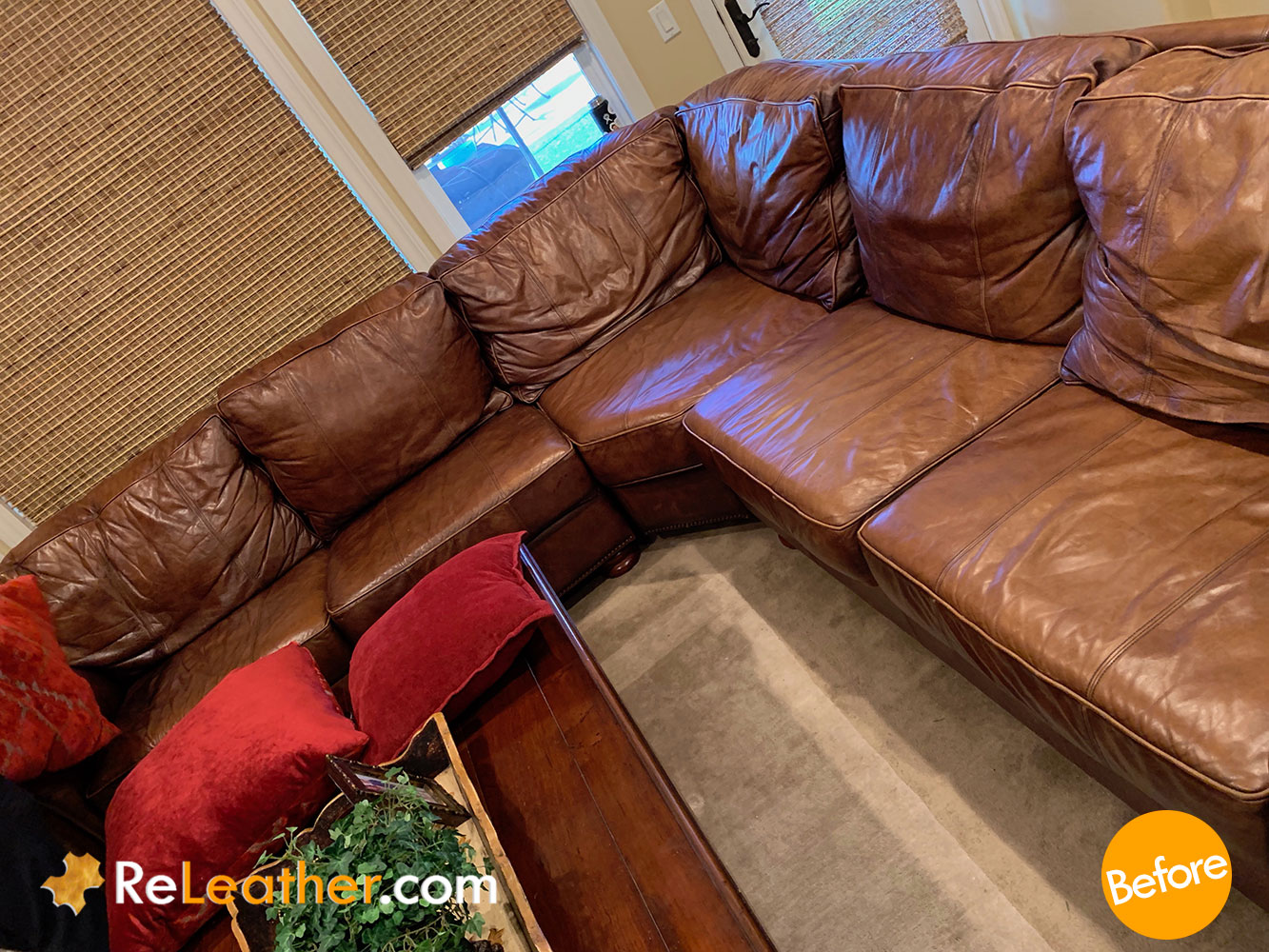
The Power of a Leather Sofa in Home Design
 When it comes to designing a home,
leather sofas
are a popular choice for their durability, versatility, and timeless appeal. They can add a touch of elegance and sophistication to any room, whether it's a classic leather Chesterfield in a traditional living room or a modern leather sectional in a contemporary space. However, over time, the color of your leather sofa may fade or become worn out, making it look dull and uninviting.
Dyeing a leather sofa
is a simple and cost-effective way to refresh its appearance and give your home a whole new look.
When it comes to designing a home,
leather sofas
are a popular choice for their durability, versatility, and timeless appeal. They can add a touch of elegance and sophistication to any room, whether it's a classic leather Chesterfield in a traditional living room or a modern leather sectional in a contemporary space. However, over time, the color of your leather sofa may fade or become worn out, making it look dull and uninviting.
Dyeing a leather sofa
is a simple and cost-effective way to refresh its appearance and give your home a whole new look.
The Benefits of Dyeing a Leather Sofa
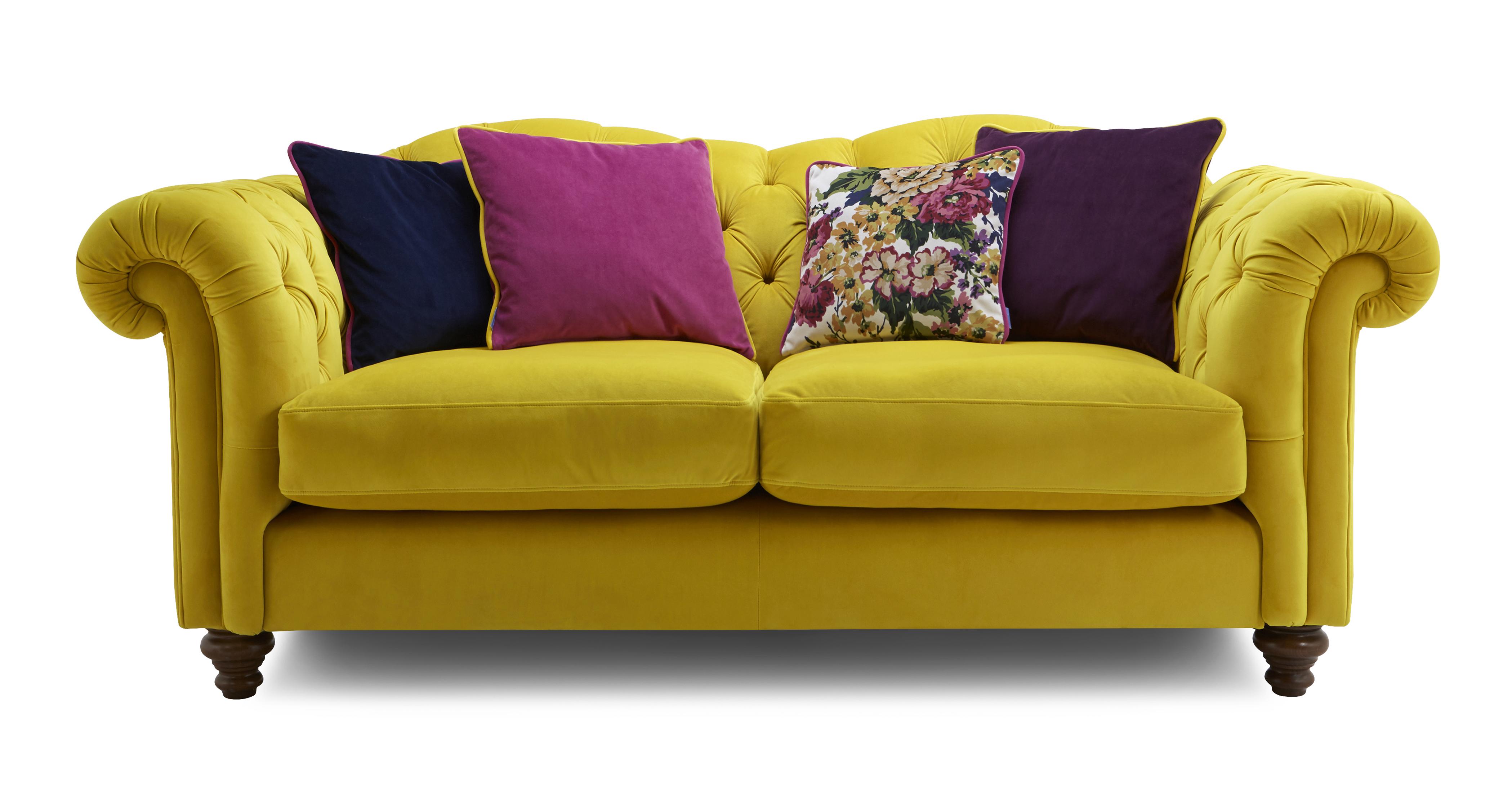 There are several reasons why you might want to
dye your leather sofa
. One of the main benefits is that it allows you to change the color of your sofa without having to replace it completely. This can save you a significant amount of money and also give you more options when it comes to decorating your home. Additionally,
dyeing a leather sofa
can help cover up any stains or imperfections on the leather's surface, making it look like new again. It also gives you the opportunity to customize the color of your sofa to match your home's design and aesthetic.
There are several reasons why you might want to
dye your leather sofa
. One of the main benefits is that it allows you to change the color of your sofa without having to replace it completely. This can save you a significant amount of money and also give you more options when it comes to decorating your home. Additionally,
dyeing a leather sofa
can help cover up any stains or imperfections on the leather's surface, making it look like new again. It also gives you the opportunity to customize the color of your sofa to match your home's design and aesthetic.
Steps to Dyeing a Leather Sofa
 Before you begin the
dyeing process
, there are a few things you need to keep in mind. First, make sure you choose a dye specifically made for leather. Secondly, clean your sofa thoroughly to remove any dirt, dust, or grime that could affect the dyeing process. Then, follow these simple steps:
1. Test the dye on a small, inconspicuous area of the sofa first to ensure you like the color and the dye takes to the leather.
2. Apply the dye evenly using a sponge, brush, or spray bottle, depending on the dye's instructions.
3. Allow the dye to dry completely before applying a second coat if needed.
4. Once the final coat is dry, seal the dye with a leather sealant for added protection.
Before you begin the
dyeing process
, there are a few things you need to keep in mind. First, make sure you choose a dye specifically made for leather. Secondly, clean your sofa thoroughly to remove any dirt, dust, or grime that could affect the dyeing process. Then, follow these simple steps:
1. Test the dye on a small, inconspicuous area of the sofa first to ensure you like the color and the dye takes to the leather.
2. Apply the dye evenly using a sponge, brush, or spray bottle, depending on the dye's instructions.
3. Allow the dye to dry completely before applying a second coat if needed.
4. Once the final coat is dry, seal the dye with a leather sealant for added protection.
Final Thoughts
 Dyeing a leather sofa
is a quick and easy way to give your home a fresh new look without breaking the bank. With the right dye and proper preparation, you can transform your leather sofa into a statement piece that adds style and personality to any room. So why not give it a try and see the difference it can make in your home design.
Dyeing a leather sofa
is a quick and easy way to give your home a fresh new look without breaking the bank. With the right dye and proper preparation, you can transform your leather sofa into a statement piece that adds style and personality to any room. So why not give it a try and see the difference it can make in your home design.


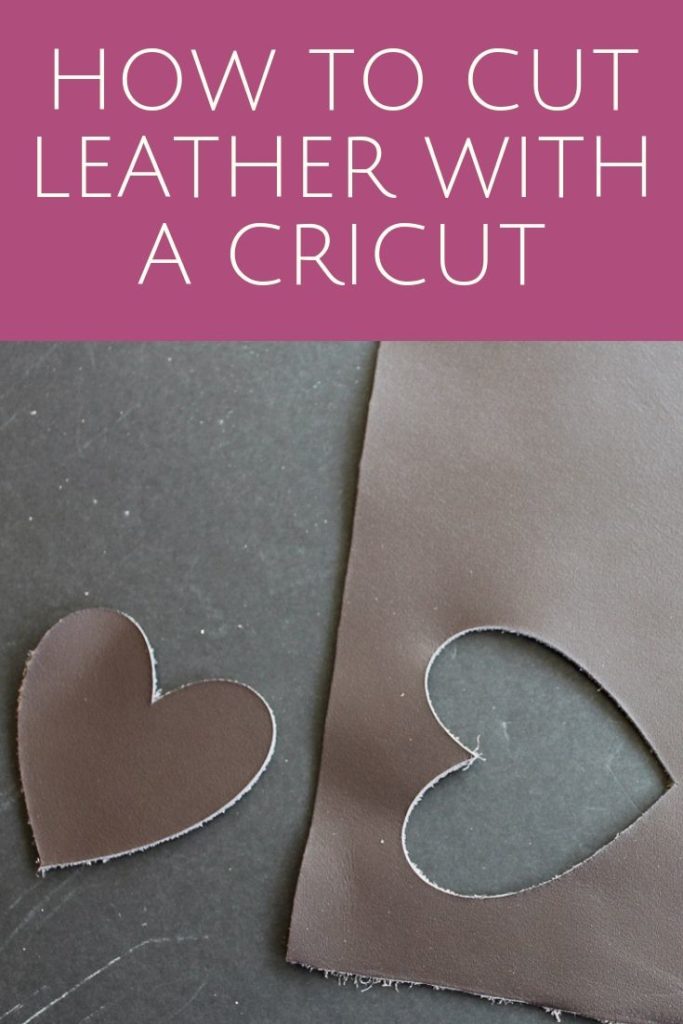

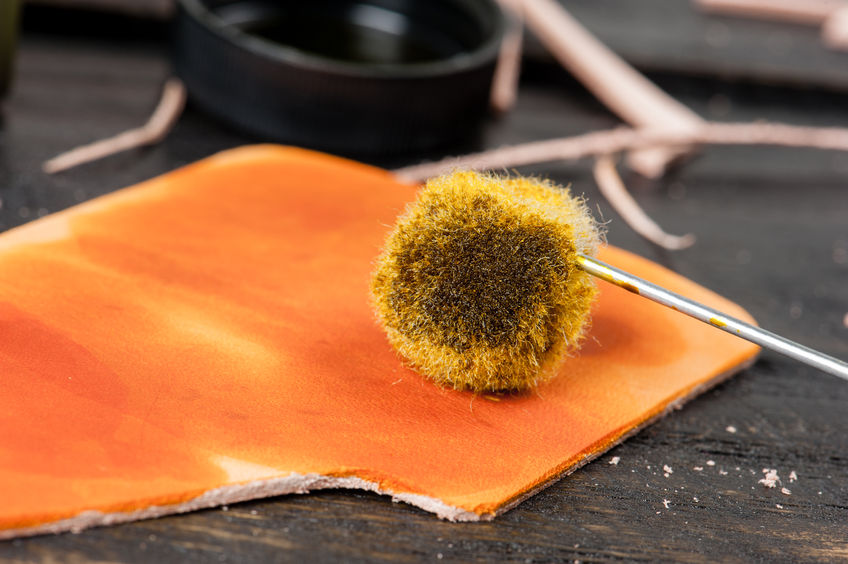

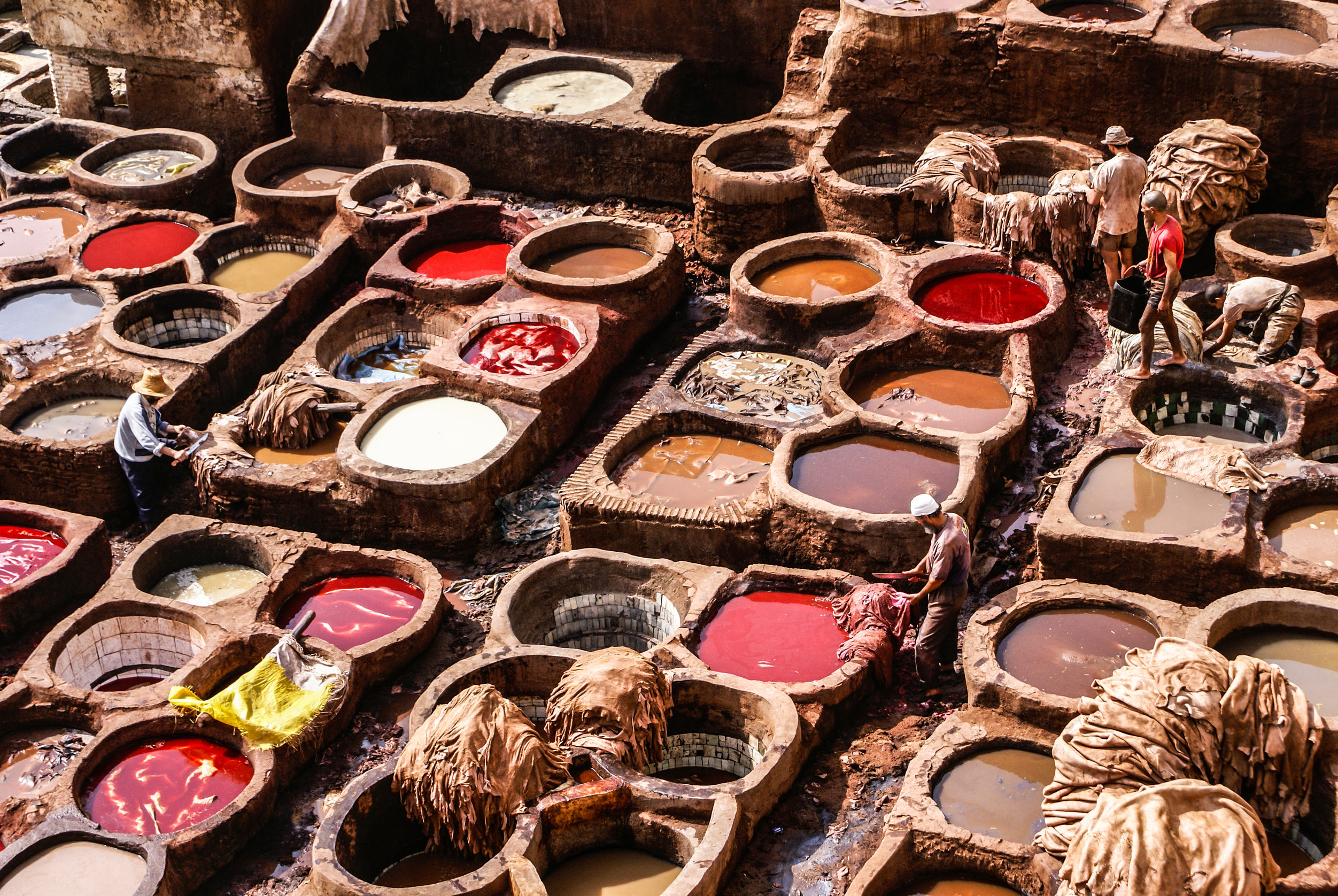


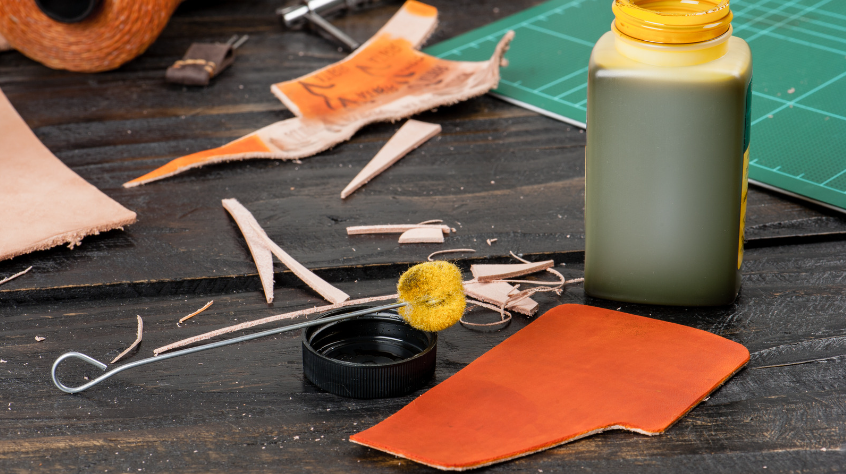
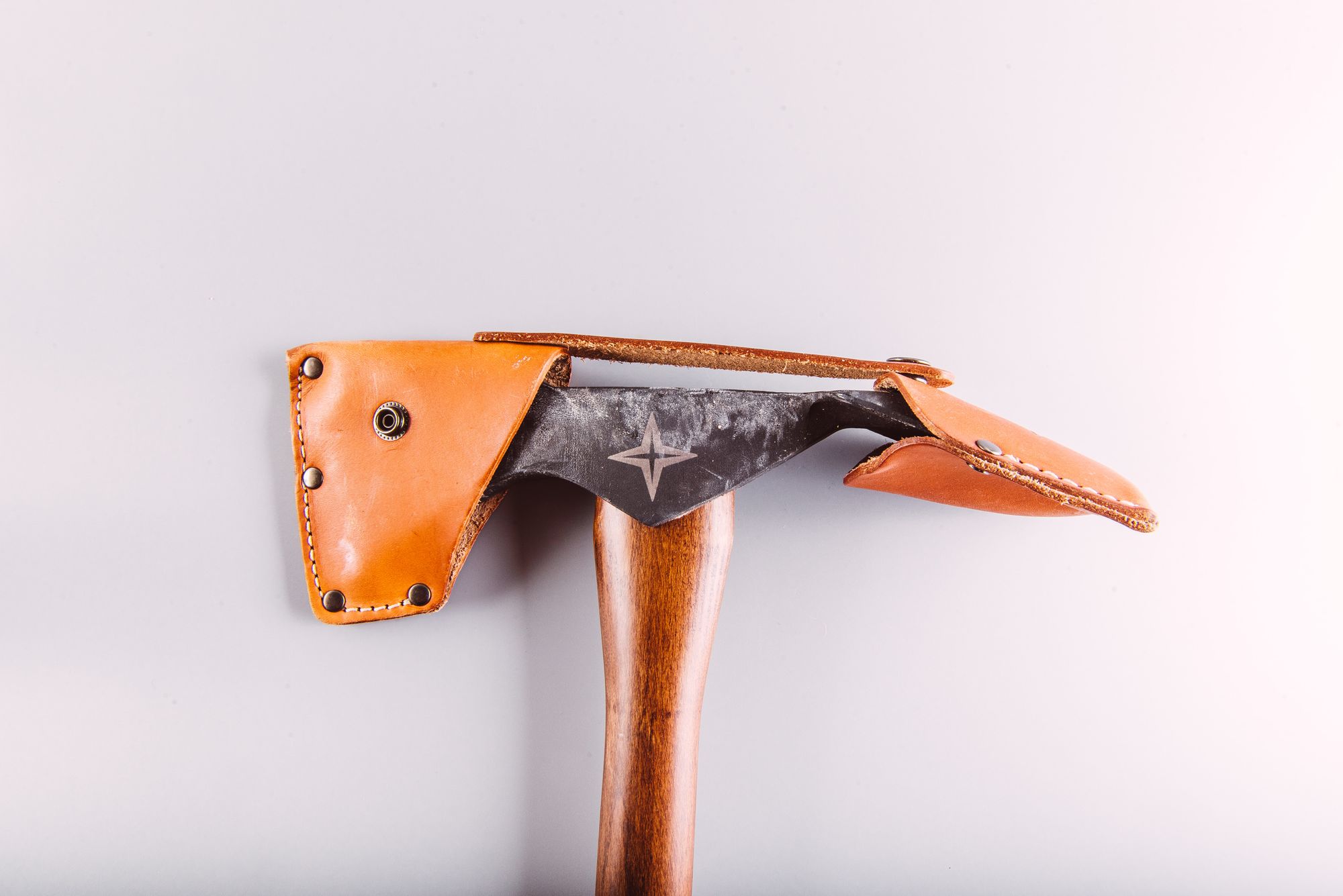






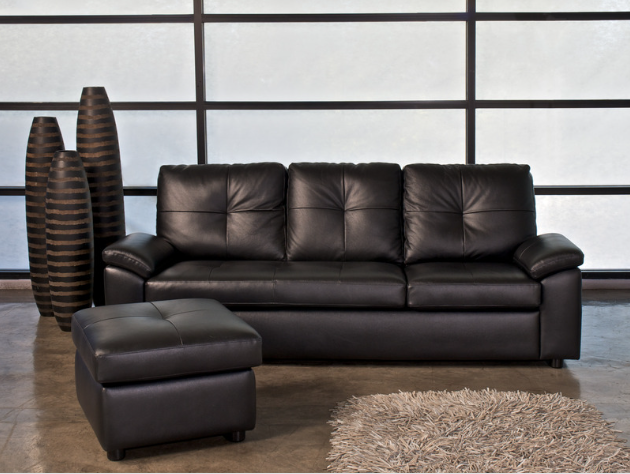
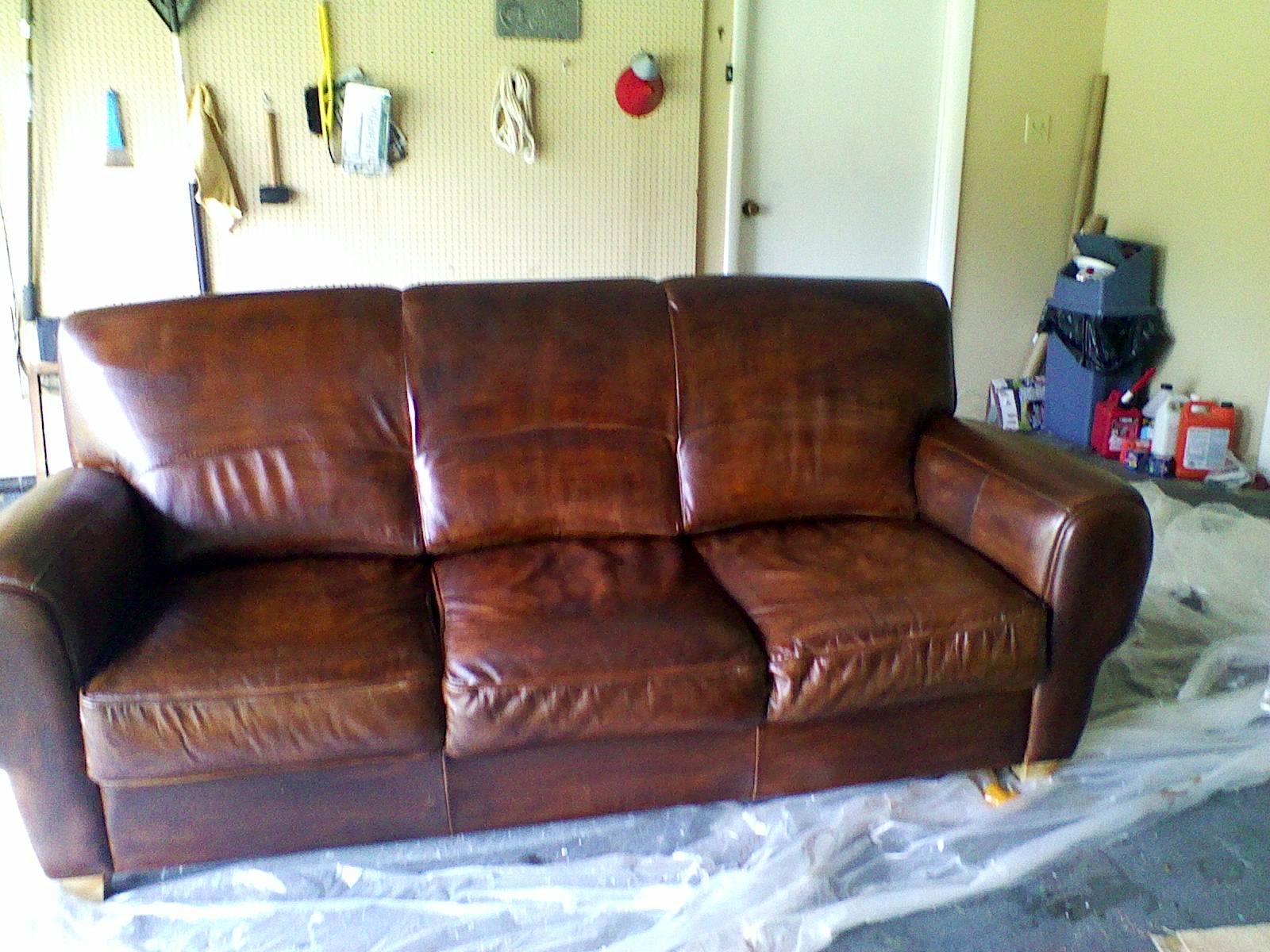





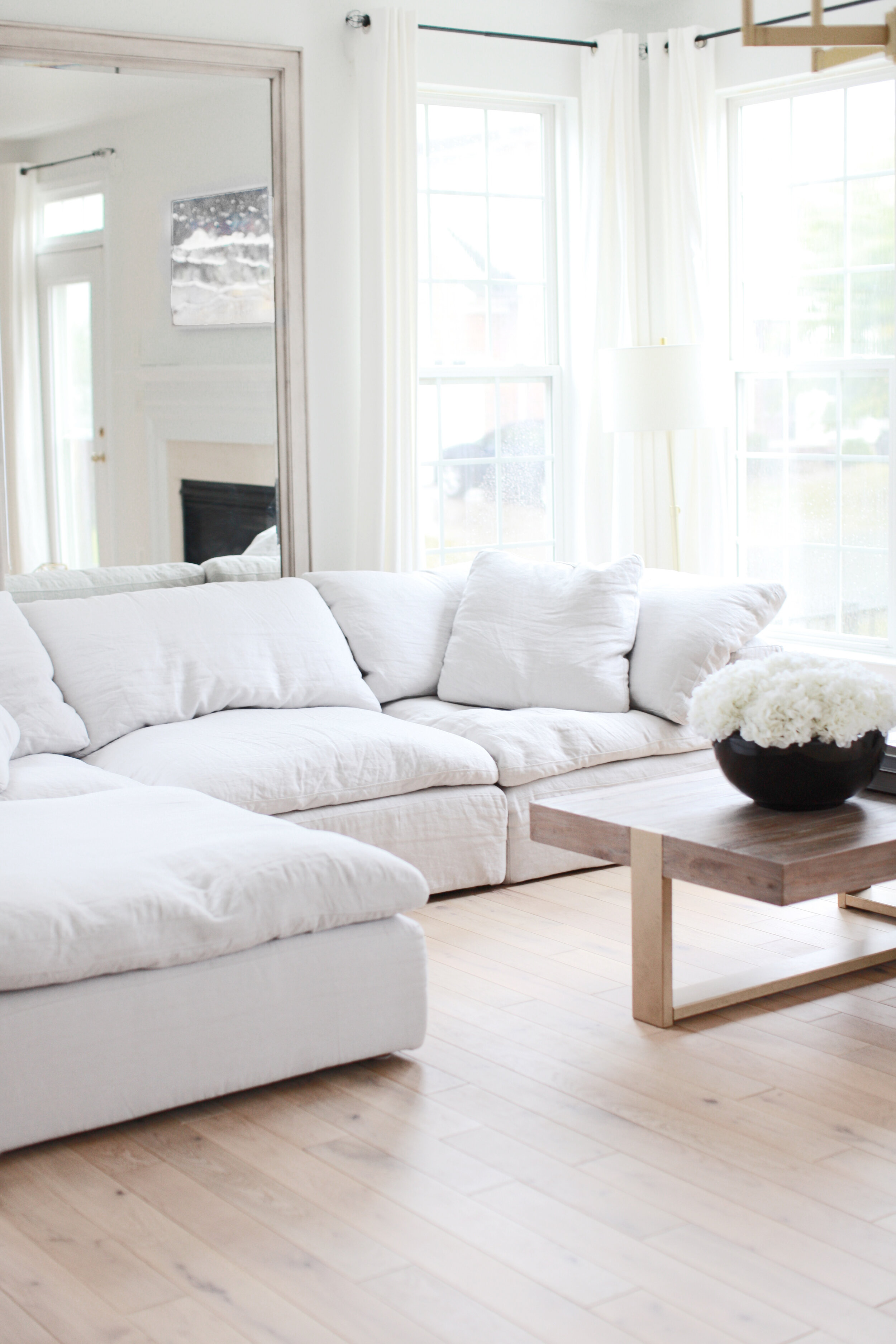





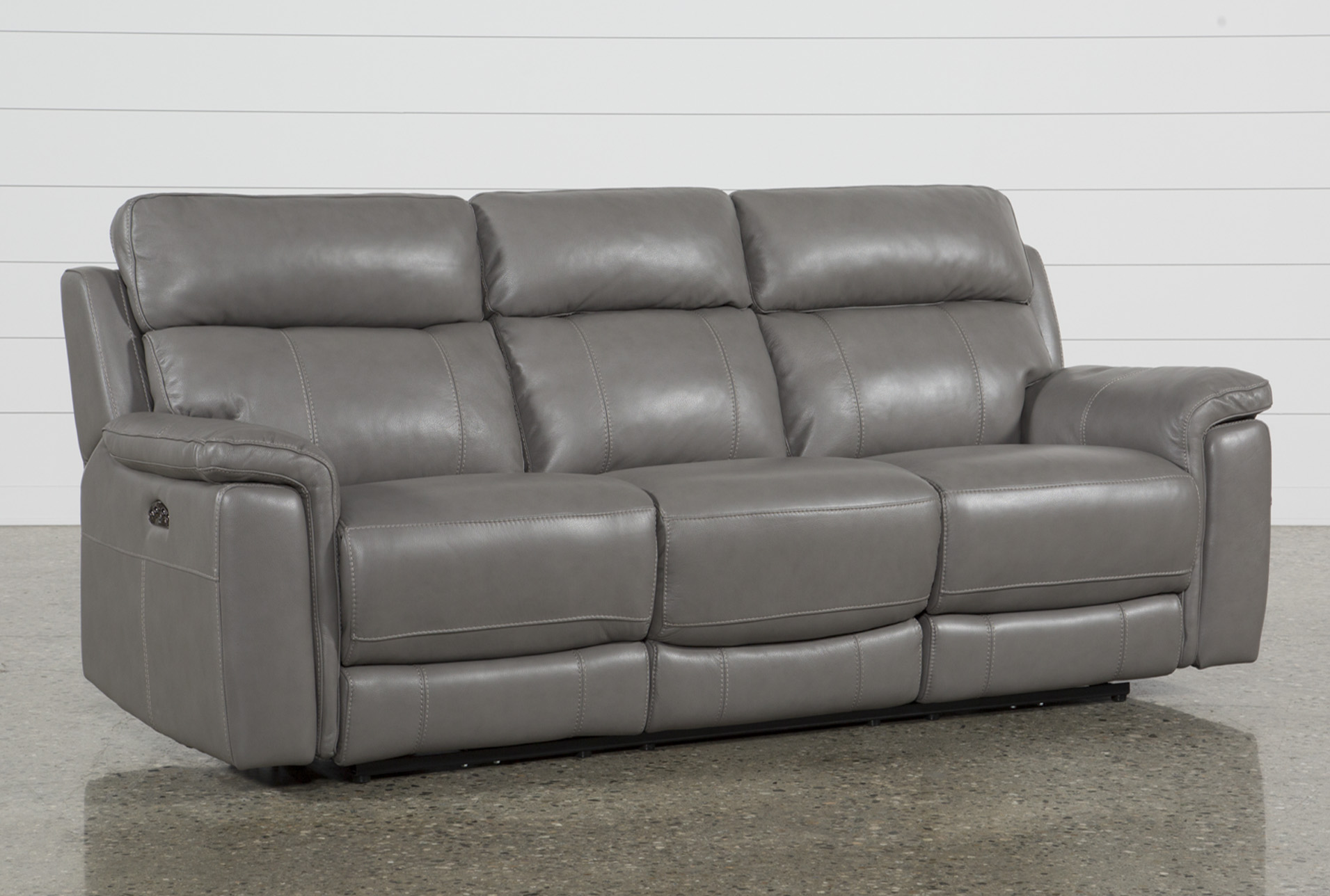


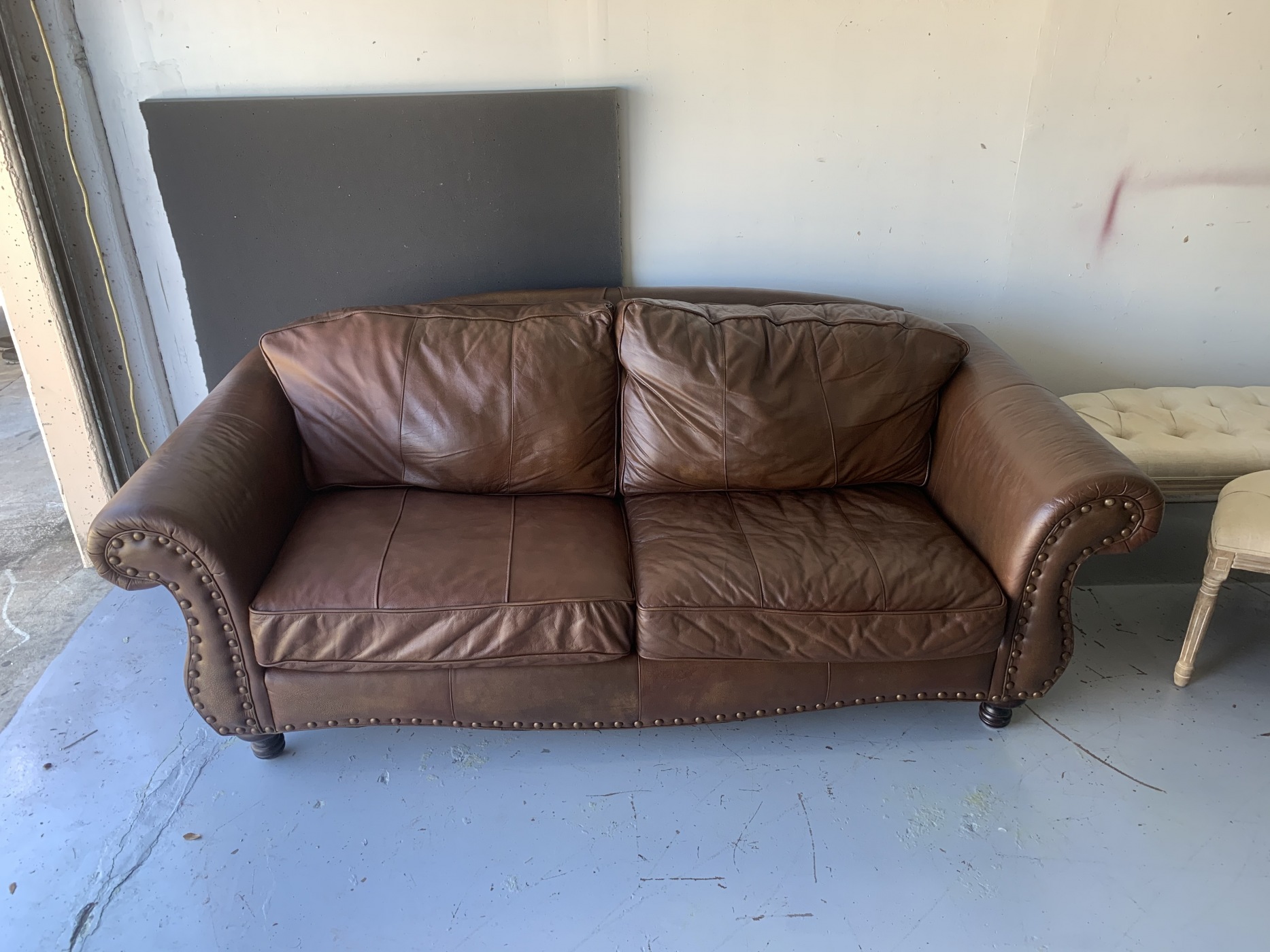






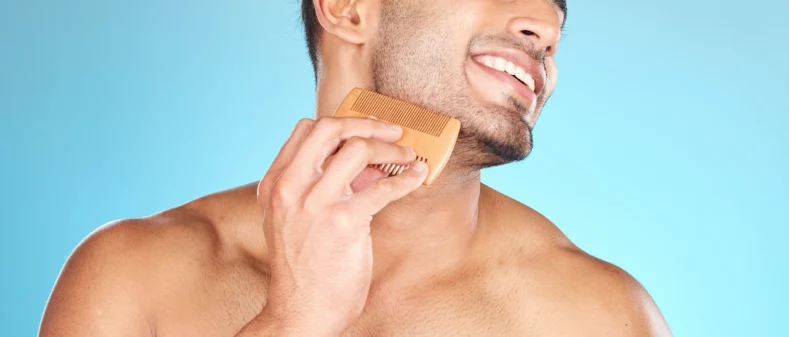

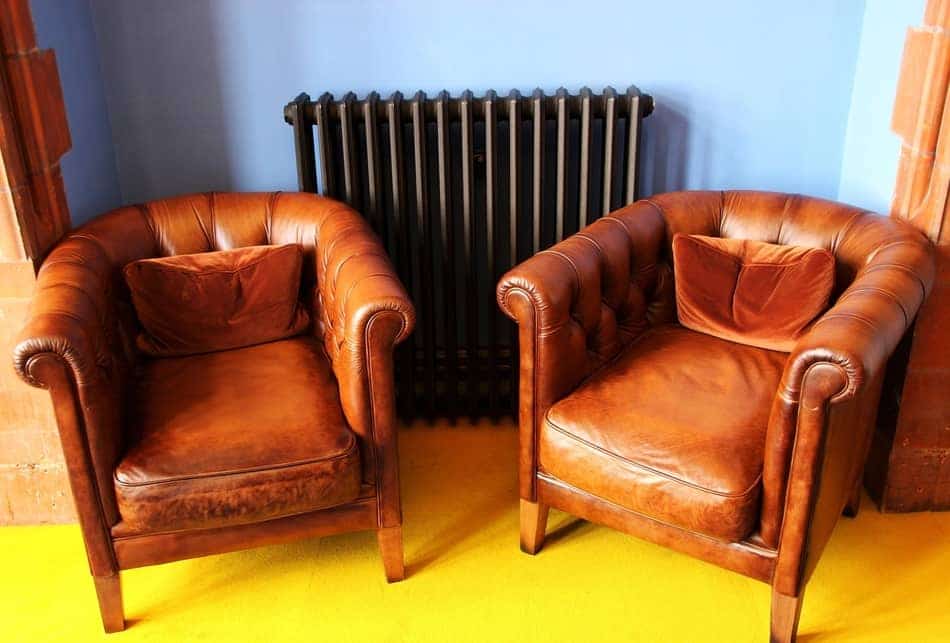


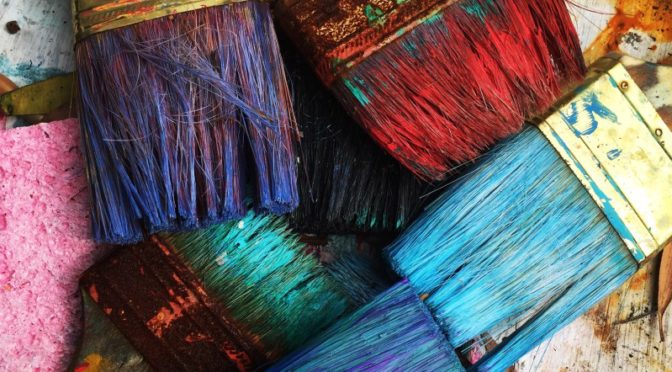


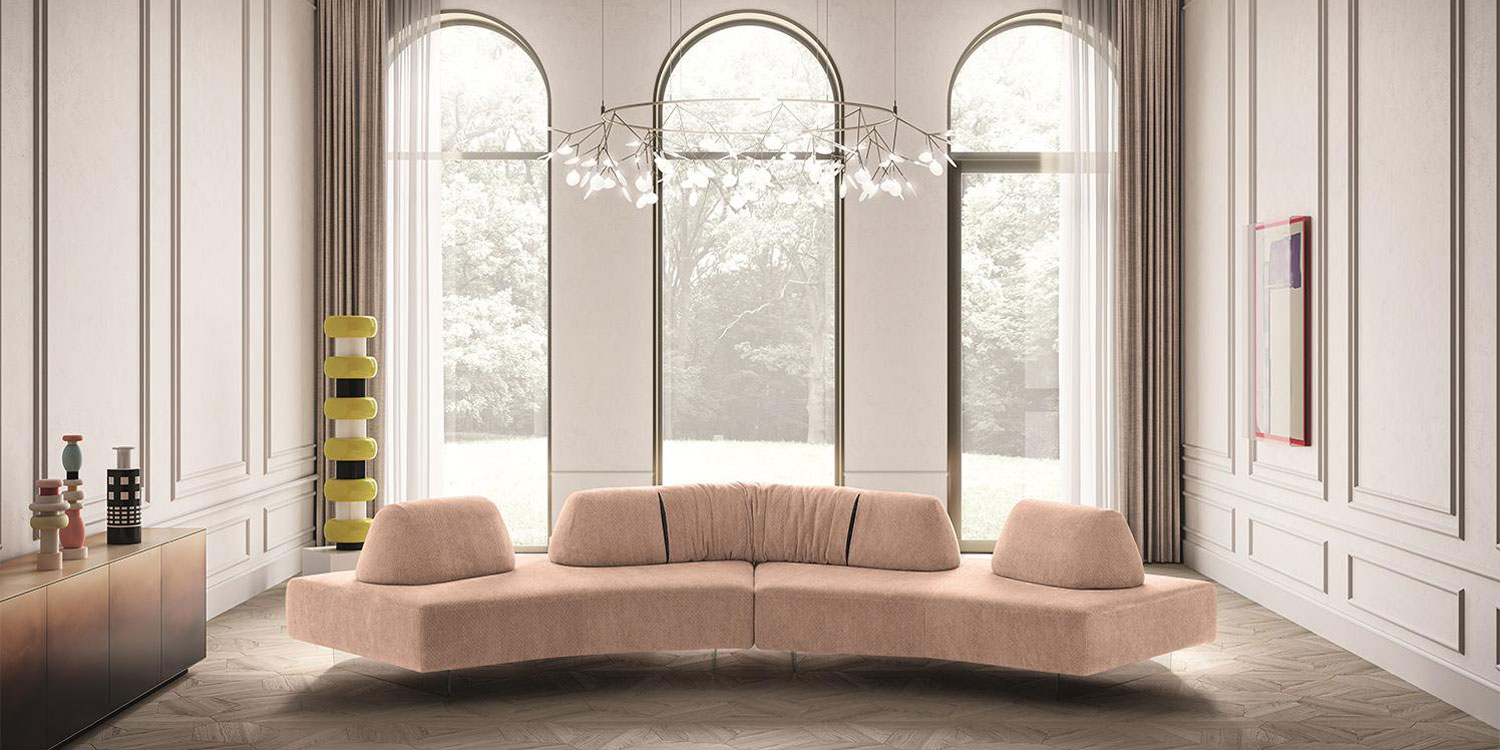





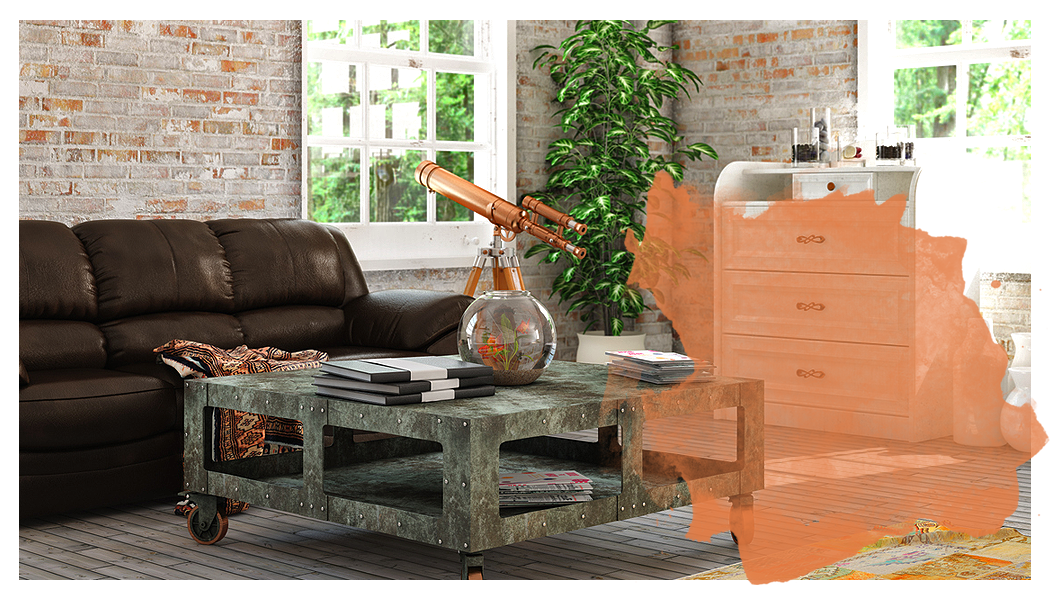


.jpeg?w=1700&h=2550)



